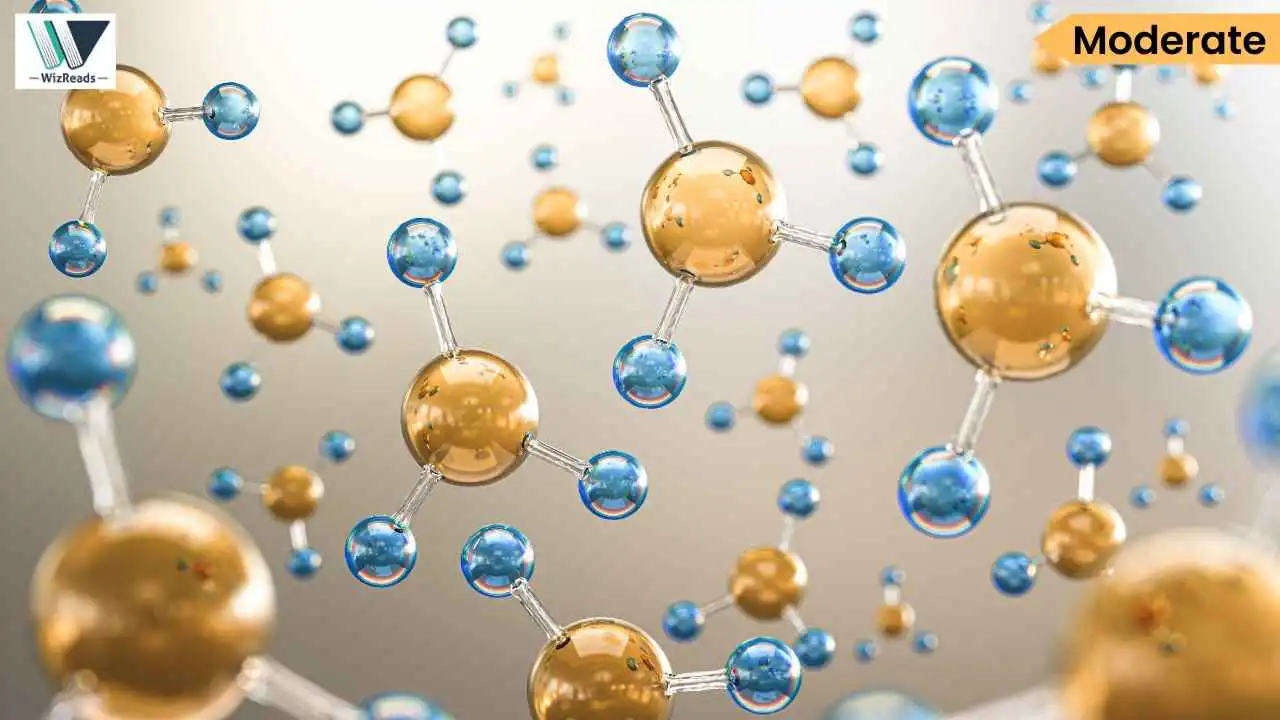
Newsletter Subscribe
Enter your email address below and subscribe to our newsletter

Enter your email address below and subscribe to our newsletter

How did non-living chemicals transform into the complex machinery of life? What can ancient molecular processes tell us about designing tomorrow’s medicines? Delve into the fascinating mystery of life’s origins on Earth, exploring how researchers are uncovering clues about primordial chemistry that might revolutionize modern pharmaceutical development.
Read these Moderate Difficulty RC passage(s) in Science Technology and Environment and answer the question(s) that follows. You can choose the GMAT style Reading Passage and the question or the GRE RC variant and answer the GRE-style question. Even better, you could solve both.
The emergence of biological systems on Earth approximately four billion years ago represents one of science’s most profound mysteries, with amino acid interactions now standing at the center of this transition theory. While scientists haven’t definitively explained this process, recent experimental evidence has illuminated potential pathways through which non-living chemical compounds evolved into primitive biological structures. Researchers hypothesize that an intricate molecular choreography involving amino acids played a decisive role; these fundamental compounds linked together, dissociated, and recombined repeatedly, ultimately forming the precursors to life as we understand it.
Biochemists have provided substantive evidence supporting theoretical models of life’s origins through contemporary investigations. They identified critical differences in reactivity and polymerization potential by comparing “proteinaceous” amino acids—those universally present in living organisms—with amino acids absent from biological systems. Scientists developed experimental models simulating primordial conditions after recognizing that early Earth’s water cycle created environments conducive to peptide formation. They specifically employed drying reactions that replicate the natural evaporation-heat application cycle believed to have catalyzed amino acid polymerization on early Earth.
This research extends beyond origin-of-life studies, offering valuable insights for synthetic chemistry, where scientists endeavor to engineer novel molecules for pharmaceutical applications and material science innovations. The understanding of fundamental mechanisms through which peptides naturally form provides critical guidance for designing artificial molecules with precisely targeted therapeutic properties, potentially revolutionizing drug development methodologies.
On an alien Earth-like planet, which of the following conditions would most likely facilitate the formation of organic precursors to life, based on the processes described in the passage?
The passage emphasizes how Earth’s water cycle created environments conducive to peptide formation through evaporation and heat application cycles. Scientists specifically replicated these drying reactions in their experiments. Similarly, option (C) describes a cyclical process of hydration and dehydration near volcanic vents, which parallels the environmental conditions hypothesized to have catalyzed amino acid polymerization on early Earth.
Correct Answer: Choice (C)

Contemporary theories of abiogenesis—the study of how life emerged from non-living matter—suggest that life began through a fortunate convergence of environmental conditions roughly four billion years ago. Advocates of the molecular evolution hypothesis believe that amino acids, the fundamental components found in all living systems, underwent cycles of combination and separation driven by Earth’s early water cycles. This theory has gained significant support following experiments where scientists compared amino acids found in organisms against those absent in living things under conditions that replicated early Earth’s wet-dry cycles.
While critics argue that the gap between simple chemicals and self-replicating systems remains unexplained, these experiments have shown that certain amino acids can naturally form peptide bonds without enzymes—a discovery with far-reaching consequences. This important insight extends beyond theory, offering practical applications in biomimetic engineering and drug development. Understanding nature’s original synthesis methods may transform how we design molecules with specific functions.
Which sentence in the passage presents a juxtaposition that forms the evidential basis for the author’s central claim?
“This theory has gained significant support following experiments where scientists compared amino acids found in organisms against those absent in living things under conditions that replicated early Earth’s wet-dry cycles”.
This sentence presents the critical comparison between “amino acids found in organisms against those absent in living things” that provides the experimental evidence supporting the molecular evolution hypothesis. The experiments comparing biological and non-biological amino acids under simulated early Earth conditions constitute the key evidence that strengthens the author’s argument about how life might have originated and why this understanding has practical applications today.
In the above GRE passage is the author’s central claim translates “understanding nature’s original synthesis methods may transform how we design molecules with specific functions.”?
Also, it then supports the theory of molecular evolution hypothesis was the reason we say it is functioning as the evidential basis?